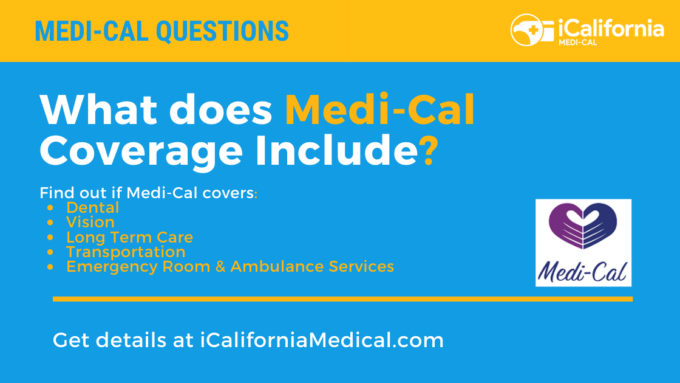The 5 A’s of Chronic Pain: A Comprehensive Review
Chronic pain is a complex and debilitating condition that affects millions of individuals worldwide. It can significantly impact one’s quality of life, mobility, and overall well-being. To effectively manage chronic pain, healthcare professionals have developed a framework known as the 5 A’s. This approach focuses on five key aspects that are essential for understanding, assessing, and providing comprehensive care for individuals dealing with chronic pain.
The first A stands for Analgesia, which refers to the relief of pain. It involves finding the most suitable treatment options to alleviate discomfort and improve patient outcomes. This may include pharmacological interventions, physical therapies, or complementary and alternative approaches tailored to each patient’s specific needs.
The second A represents Activities of daily living. Chronic pain can disrupt daily routines and hinder a person’s ability to carry out simple tasks. Therefore, healthcare providers need to understand the impact of pain on activities such as sleeping, working, exercising, or even socializing. By addressing these disruptions, healthcare professionals can devise strategies to enhance functionality and promote independence.
The third A stands for Adverse effects. Many pain management interventions, such as medications, may have potential side effects. It is crucial to assess and monitor these effects to ensure the chosen treatment is not causing additional harm or complications. Adjustments and modifications may be necessary based on individual responses to interventions.
The fourth A focuses on Affect, which pertains to the emotional and psychological aspects of chronic pain. Chronic pain is often accompanied by emotional distress, such as anxiety, depression, or stress. Recognizing and addressing these psychological components are paramount in a holistic approach to pain management. Techniques such as cognitive-behavioral therapy or mindfulness-based interventions may be employed to target these affective symptoms.
The final A refers to Adherence to treatment. Chronic pain management is an ongoing process that requires active patient participation. Adherence to treatment plans, proper medication usage, and follow-up visits are crucial for achieving optimal outcomes. Healthcare providers should engage with patients in shared decision-making, education, and ongoing support to enhance treatment adherence.
In summary, the framework of the 5 A’s provides healthcare professionals with a comprehensive approach to effectively manage chronic pain. By addressing Analgesia, Activities of daily living, Adverse effects, Affect, and Adherence to treatment, healthcare providers can tailor individualized treatment plans. This holistic approach aims to improve pain relief, enhance functionality, address emotional distress, and promote active patient involvement for optimal management of chronic pain.
What is the safest pain medication for long term use?
Acetaminophen is generally considered safer than other pain relievers. It doesn’t cause side effects such as stomach pain and bleeding.
What are the 5 A’s of pain management?
A well-known comprehensive approach to the management of persistent pain is the Five A’s of Pain Management: analgesia, activities of daily living, adverse effects, affect, and aberrant drug-related behaviors.
What does chronic pain do to a person?
Effect of chronic pain on daily life Chronic pain can cause a person to avoid activities that cause further pain. This can lead to muscle weakness, joint problems and being more prone to injury. These avoidance behaviors also can lead to psychological isolation and stress.
What is the best nerve pain medication for the elderly?
Anticonvulsants: Antiepileptic drugs such as carbamazepine, gabapentin, and pregabalin are mainly used for neuropathic pain. In elderly patients with renal impairment, dose adjustment of gabapentin and pregabalin is required. Carbamazepine currently is the first line therapy for neuralgia.
Does medical California cover urgent care?
If you are outside the L.A. Care service area, but inside the United States, you do not need pre-approval to get urgent care. Go to the nearest urgent care facility. Medi-CalMedi-CalThe California Medical Assistance Program (Medi-Cal or MediCal) is the California implementation of the federal Medicaid program serving low-income individuals, including families, seniors, persons with disabilities, children in foster care, pregnant women, and childless adults with incomes below 138% of federal …https://en.wikipedia.org › wiki › Medi-CalMedi-Cal – Wikipedia does not cover urgent care services outside the United States.

Where do UCLA students go for urgent care?
Students can access local UCLA Health Immediate Cares to address their urgent medical concerns with a UCLA Health Physician when same-day appointments have filled at The Ashe Center. UCLA Health Immediate Care visits are subject to applicable copays and coinsurances for services rendered.
Does UCLA have a clinic?
UCLA OUTPATIENT CLINICS Our clinics provide medical services to patients in a variety of specialties, including: AIDS, gastroenterology, gynecology, ophthalmology, endocrinology, geriatrics, neurology, orthopedics, otolaryngology, psychiatry, rheumatology, and urology.

Does UCLA have a wellness center?
The Arthur Ashe Student Health & Wellness Center is devoted to providing high-quality, accessible healthcare & education to registered UCLA students.


